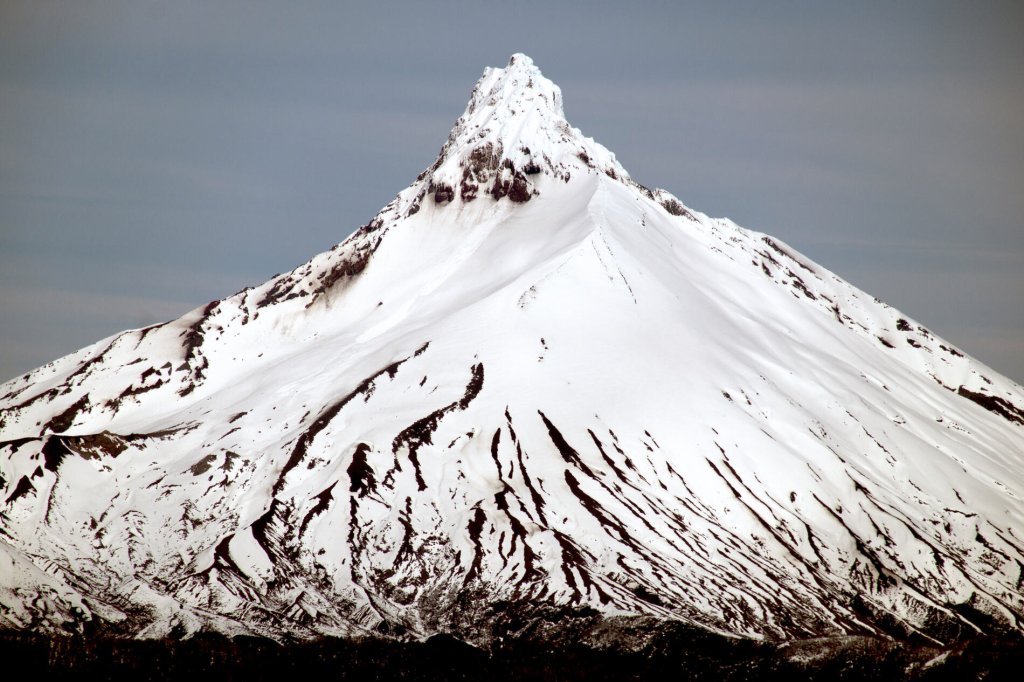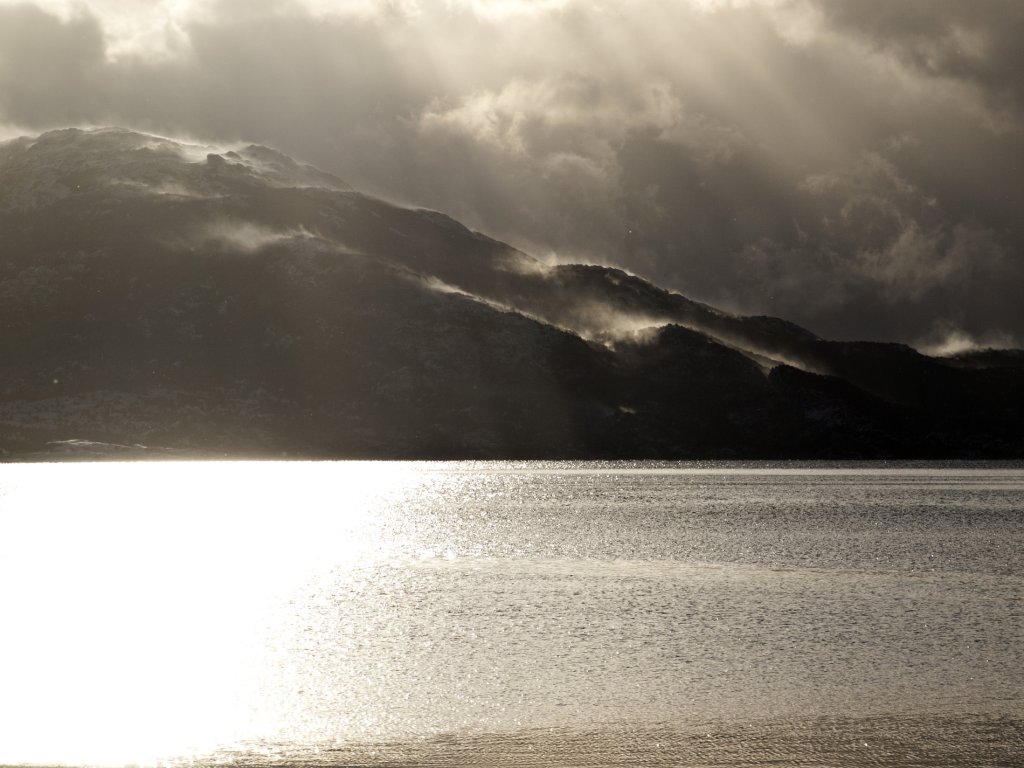Downdays has compiled further information on the accident - as far as it is known. There is a somewhat older portrait of Tof Henry by Powder. In his film "Born in Chamonix", he himself has his say and lets his descents speak for themselves.
How does the ski media react appropriately to the death of (prominent) freeriders? We've often discussed this in the PowderGuide team, and this time is no exception. Lars Oelmann, the PG PowderAlert oracle, has - like many of us - observed how the news of Tof Henry's death has spread from Insta-Story to Insta-Story. Sad little hearts accompanied the posts. The videos of Tof's steep wall ascents were often commented on with fire emojis. Lars feels that neither does justice to the situation - the hearts don't do justice to the tragic death of a person, the flames don't do justice to the descents, which were often perceived as "hard at the limit" even in the risk-tolerant freeride scene. Lars shares his thoughts in the following article.
What the "right" reaction to the death of a ski star like Tof Henry looks like and whether there is one at all, we don't know. The PG team agreed that Lars gave us some important food for thought. There were different opinions on the question of whether this kind of discussion is "appropriate" in a medium like PG so soon after an accident. We also found the resulting discussions valuable and ultimately decided to share the text here with the PG community.
Tof's death has triggered something in me that seems to be different from what it has triggered in others, at least if social media is to be believed. It has triggered in me a desire to talk about something that I have been carrying around with me for a few years and which I would now like to put up for discussion in a debate post. I emphasise that this is my opinion and not the general opinion of PowderGuide. Maybe not even anyone else's.
It's about how Tof was perceived, how we make decisions in the mountains and how we then communicate these decisions to the outside world. Tof's death is tragic. First and foremost for his family and friends, but apparently also for hundreds of others who are expressing this on social media in the form of hearts and other emojis. Many apparently find his death not only tragic, but also surprising.
I seem to be out of line here, because my first thought was: "Not again". Because I wasn't surprised. I thought of an article from Powder Magazine about Andreas Fransson, Dave Rosenbarger and others who were portrayed as the new generation of freeriders in Chamonix at the time. They skied lines at the limit, but with a freeride attitude and not in the classic steep wall style. This means that instead of controlled jumpturns, wide turns were now skied at high speed on extremely steep and exposed slopes. The whole thing only works in good, powdery snow conditions, where the risk of avalanches tends to be significantly higher than in spring firn conditions. Tof Henry is also part of this tradition.
Almost all of the protagonists from this article are now dead. And now Tof, who grew up in Chamonix and epitomised this "Chamonix attitude" like no other, is also dead.
For me, the "Chamonix Attitude" consists on the one hand of rationalising decisions that should not have been made according to classic risk management - for example in the sense of the reduction method - and on the other hand of the way in which the "scene", to which we all belong, perceives this.
And now it gets tricky, because I'm not really interested in individual decisions or the people who make them. Rather, it's about us, about the scene that perceives and comments on the whole thing, and about our honesty towards ourselves.


